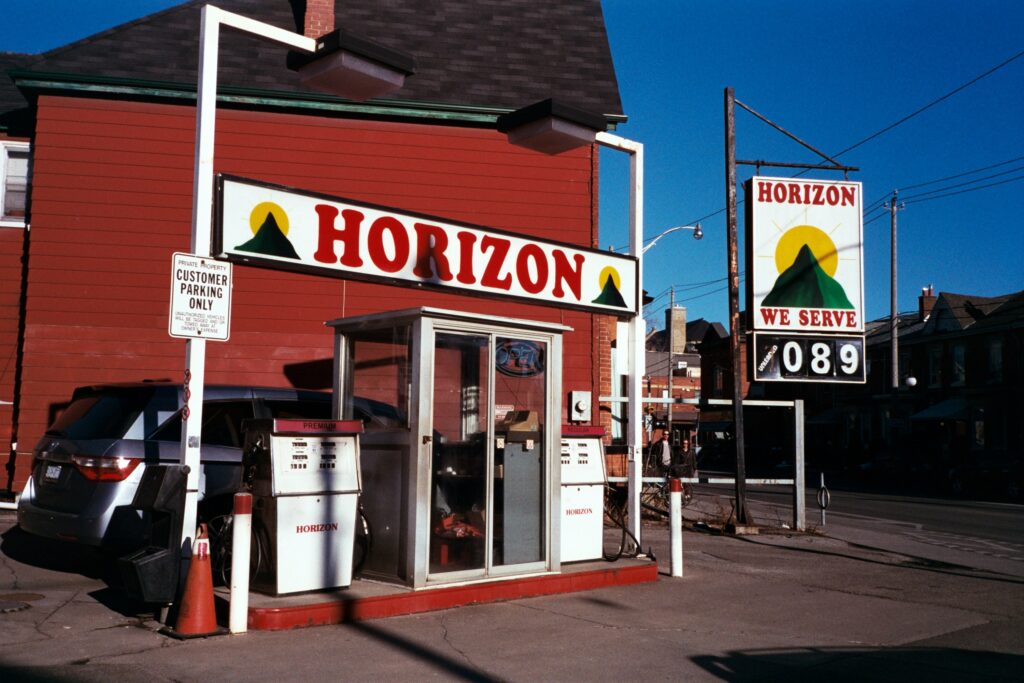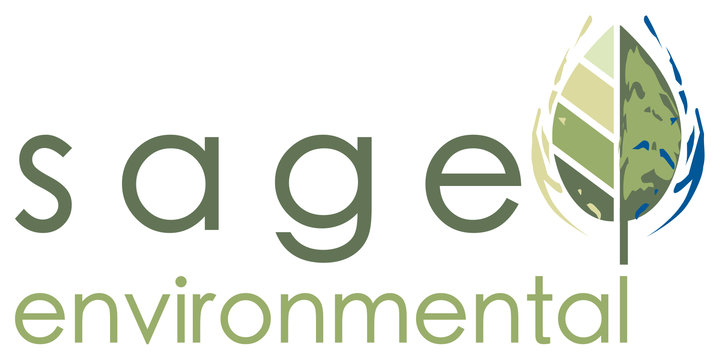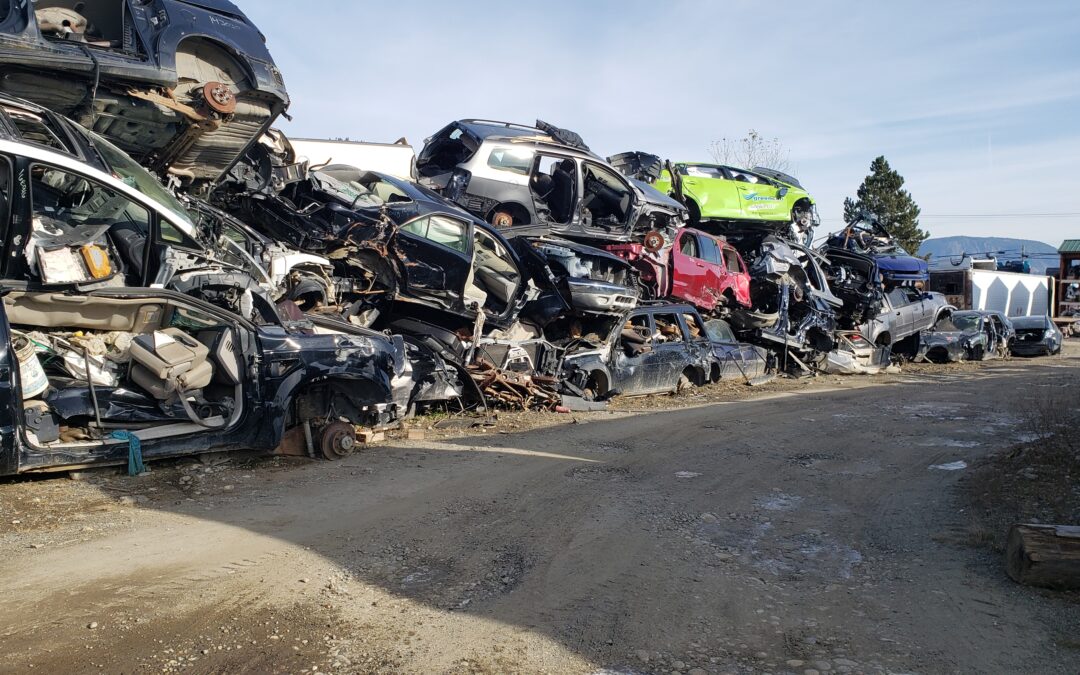Written By Kristen Cockburn, PAg
Properties with identified current or historical Schedule 2 uses under the BC Contaminated Sites Regulation (CSR) are subject to additional scrutiny following an update to the CSR in February 2021. Properties are often identified via the Site Disclosure Statement (SDS) process, where a SDS is submitted along with a municipal application or property sale. If a Schedule 2 use is listed on the SDS when receive by a municipality it is forwarded to BC ENV for further review.
What is a Schedule 2 Use
Schedule 2 uses are land uses or operations that are associated with a higher likelihood of potential impacts to soil, water and soil vapour. Common examples of Schedule 2 uses are gas stations, dry cleaners, and automotive repair. An identified Schedule 2 use does not mean that a property is contaminated. It does mean assessment is likely to be requested by the Ministry of Environment (BC ENV) prior to potential development, subdivision or change in zoning.
Further details about Site Disclosure Statements can be found here.
For municipal applications most properties with Schedule 2 uses will require a Preliminary Site Investigations (PSI)(Stage 1 & Stage 2 PSI). Development permits and/or building permits may be frozen until a release or other certification document is obtained from BC ENV. Certification documents include Determinations, Approvals in Principle and Certificates of Compliance.

Exemption Options Exist in Some Cases
There is an option to apply for a Scenario 1 Release or an exemption from the SDS process for upgrades to a property with Schedule 2 use, this requires that;
- limited soil movement is expected to occur or,
- municipal approval can be granted without investigations.
This exemption process can also be used to prepare a property for redevelopment. This option for a release or exemption is specific to the property, so it is best to contact qualified professionals, like Sage, to see if this may be an option for your property. A qualified professional will help understand the opportunities and also the limitations of the release process.
What does a PSI include
A Stage 1 PSI includes a desktop historical assessment of the property and a Site visit to confirm current land uses. On-Site and off-Site Areas of Potential Environmental Concern (APECs) may be identified, with recommendations for further investigations if warranted. Further Details about Stage 1 PSIs or Phase I ESAs can be found here.
A Stage 2 PSI is an intrusive investigation completed to confirm the presence of contamination resulting from identified APECs to soil, water and soil vapour. Further information on intrusive investigations can be found here.
If no contamination is identified during the PSI, then an application for a Determination can be made. A successful determination concludes that a property is not a contaminated site.
If contamination is identified, delineation of the contamination will be required by BC ENV. This is done with a Detailed Site Investigation (DSI). The DSI results can be used to plan remediation, seek an Approval in Principal (AiP) or seek a Scenario 3 release.
Remediation
Remediation can include:
- physical removal of the contaminants,
- Biological treatment,
- and/or the application of risk-based controls to manage the contamination in place
Following successful remediation, a Certificate of Compliance can be applied for. This will release all permits for the future, as long as there is no new contamination or Schedule 2 use.
Approval in Principle (AiP)
An Approval in Principle (AiP) is used to release some permits and allow for development alongside remediation. An AiP is:
- valid for 5 years, and
- commits the property owner to completion of remediation and obtaining a Certificate of Compliance at the end of the AiP.
There is the possibility of extending the AiP past the 5 years for larger projects. A reapplication would be necessary.
Scenario 3 Release
A Scenario 3 Release functions similar to an AiP. Independent remediation is completed, however AiP may not release all permits required, and would need to be repeated for future permit approval.
Which option is best for your Site?
The best option for your site will depend on the results of investigations, intended land uses and your goals. For example, with subdivision or ongoing Schedule 2 uses, a Certification document may not be in your best interest and may be difficult to obtain from BC ENV. In this example a modified release or a Scenario 3 release may be an option. This could allow remediation to proceed and have permits released for redevelopment without a commitment to obtain a Certification Document. Caveat! Releases can only be used once, so additional investigations and releases may be required for future development.
Give us a call, if you think you may have a Schedule 2 use, and are considering options. We would be happy to help figure out which regulatory pathway is right for your property.

